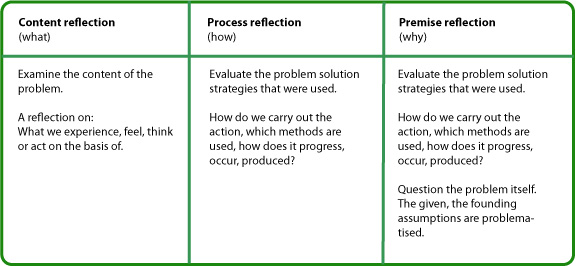“I don’t know how much you know about innovation, but it’s really just about thinking outside the box…and you work with lots of people and try new things, and maybe you’ll end up inventing something.” – Julie
During the summer I caught up with my parents’ young neighbour, 12-year-old Julie. This month Julie starts year eight of state school in Denmark, and she waxed lyrical about making her choice between having an international, innovation or science angle to her formal education during the next three years, and about all the collaboration, work placements and project work these years will bring. This is not the school format I remember, and the conversation with Julie led me to investigate what’s been going on on the other side of the North Sea.
There are obvious links between educating Danish children to “work systematically and creatively with the development of ideas”, as the Ministry for Education describes it, and how the country has operated hitherto: export, invention and drug R&D (think Lego, Vestas windmills, the NovoPen etc.)
This new system is, however, a much more flexible and outward looking approach, which requires considerable systemic change, and requires re-education of the teachers and other adults both inside and outside the education system, as well as creating a culture of innovation and a willingness to work with a constantly evolving curriculum.
Systemic change, adapting to constant change – we are hearing this a lot in Scotland’s social services at the moment. What can we learn from what the Danish teachers and organisations have been through, to build a system which ensures that both the current and future workforce develop competences that match the demands of a rapidly changing world?
In the municipality of Esbjerg, development consultant Pernille Paaby, who leads on the council’s “The Innovative School” programme, has found that focusing on adult learning processes makes a great difference, and especially using structured reflection. In her report “ The innovative organisation – how do we invent it?” she argues that “when the wish is to promote an innovative organisation, we have to look at how adults re-learn”, and “provide opportunity for deeper reflection in our team meetings throughout a development process”.
Paaby highlights Jack Merzirow’s critical reflection theory as a helpful way to alter the meaning schemas which exist for each person. The simplified model below outlines the key reflection points Paaby recommends:
To innovate is disruptive to how we think, how we learn and how we work. But remember that you can start small – you don’t have to aim for large-scale systemic change. It is, however, important to reflect upon, and document, what you are going through. Not only because it helps all involved to re-learn but also because it may, later on, become a large scale and systemic.
In the IRISS I&I team we always talk about the importance of capturing the process of transforming new thinking into action. Innovation needs to always do more than be new thinking and must lead to much more experimentation and creation. We want to help people to develop better practice and provide added value (think actual value not Pounds Sterling).
This year we have the opportunity to look very closely at the processes between thought and action as part of the Social Services Lab, Creative Quarter projects and training sessions we will be running later in 2013. Expect us to ask lots of questions to help us document what happens between idea and action. We are doing it to help you ask questions in the future and to hopefully contribute to the innovative workforce of now and the future.
If you would like to share your experiences of introducing new ways of thinking and doing please get in touch.
Julie has decided to go the international route. She is confident that it will allow plenty of thinking outside the box, and most of all she wants to visit other countries.
“To travel is to live”, I said.
“Ha, ha, that’s Hans Christian Andersen”, she replied, “…we learn about old stuff too”.
– Rikke
—————————————————————-
h https://www.retsinformation.dk/Forms/R0710.aspx?id=132670#B17
